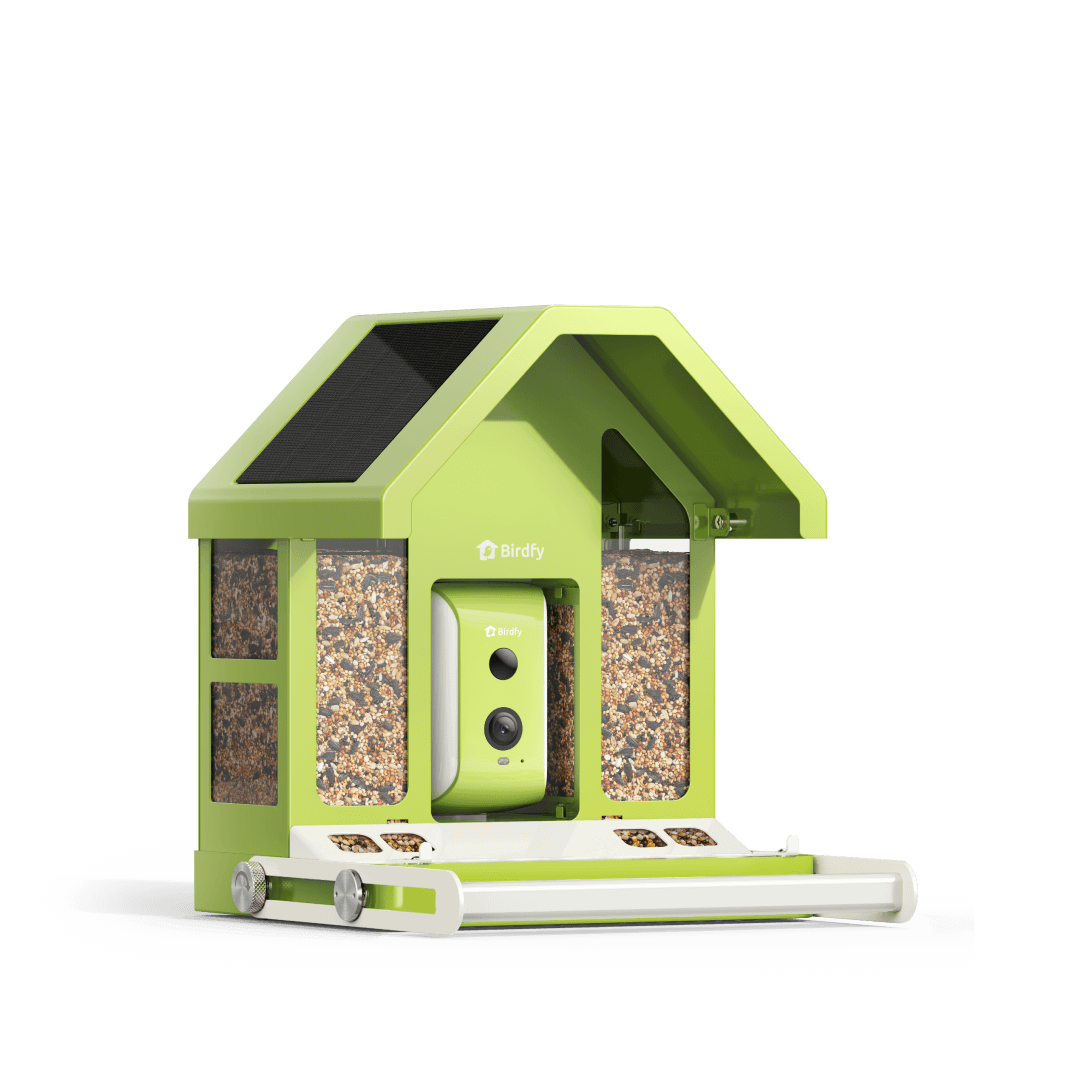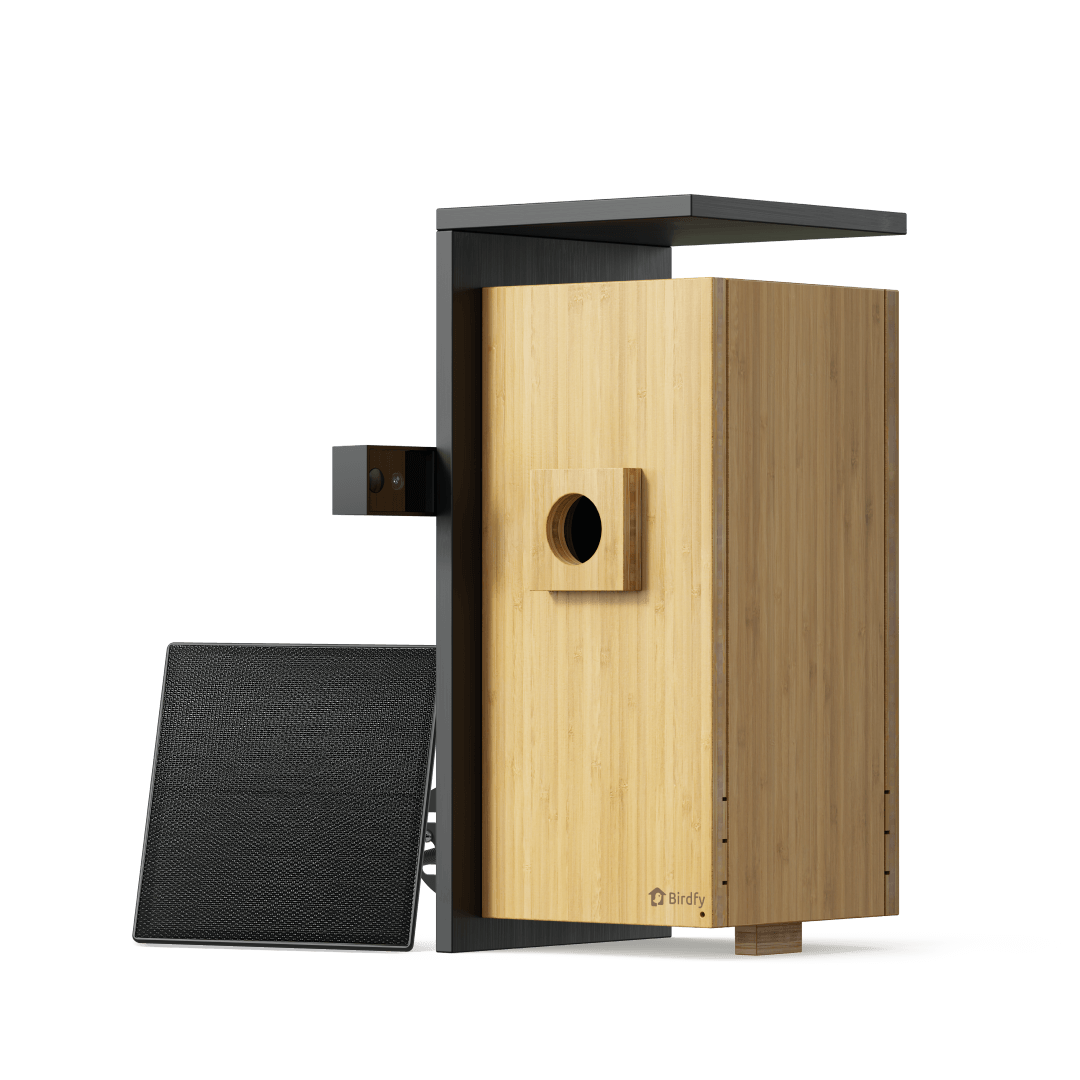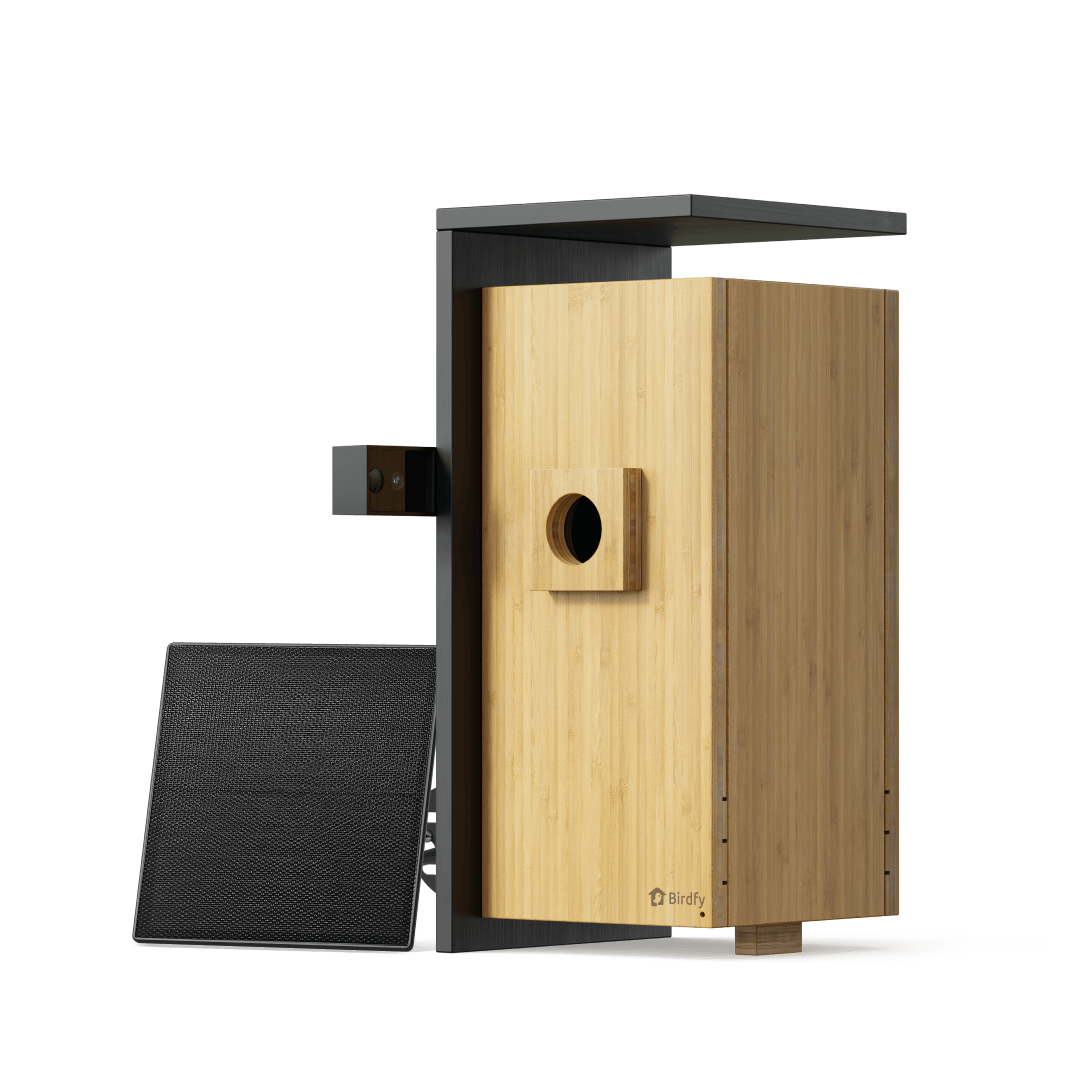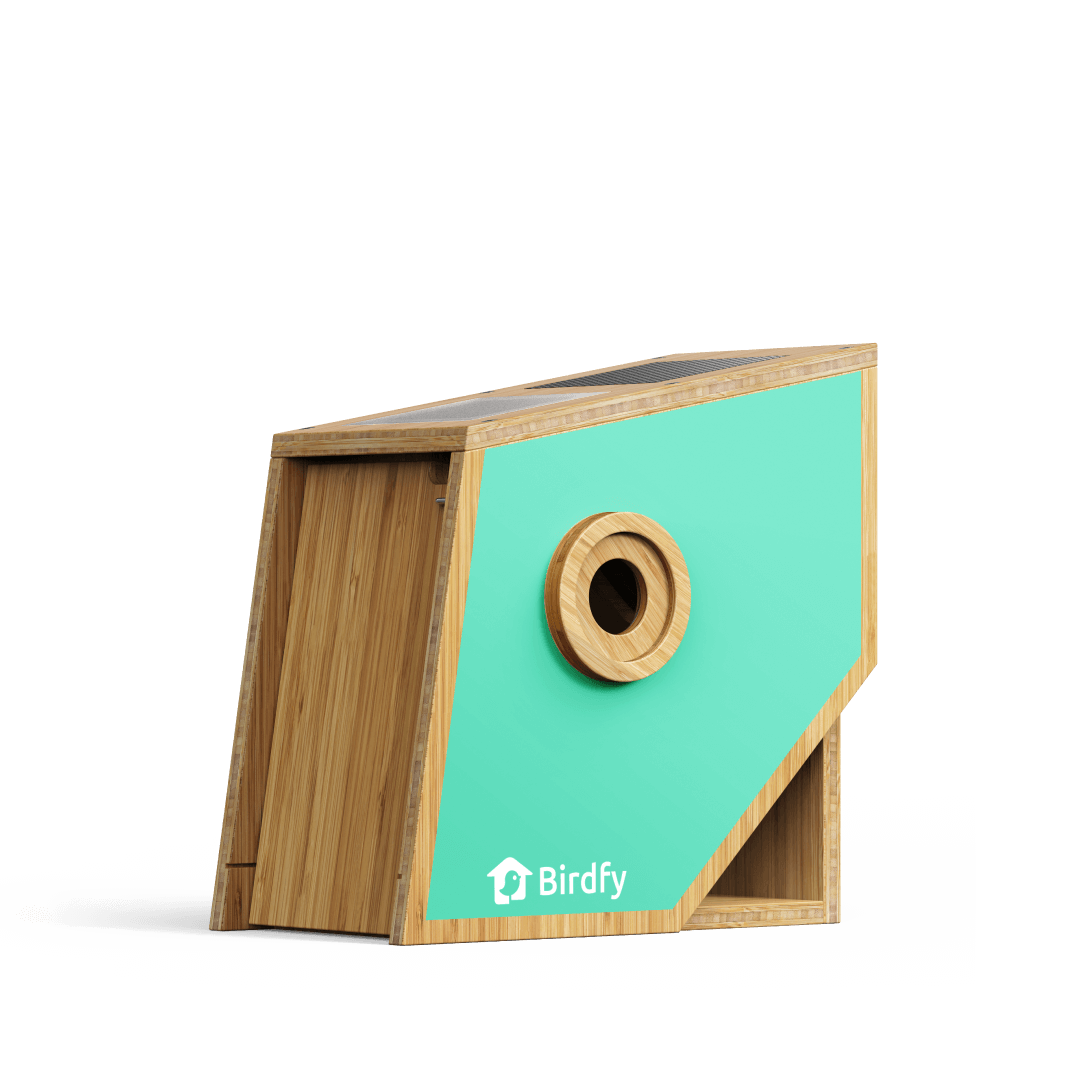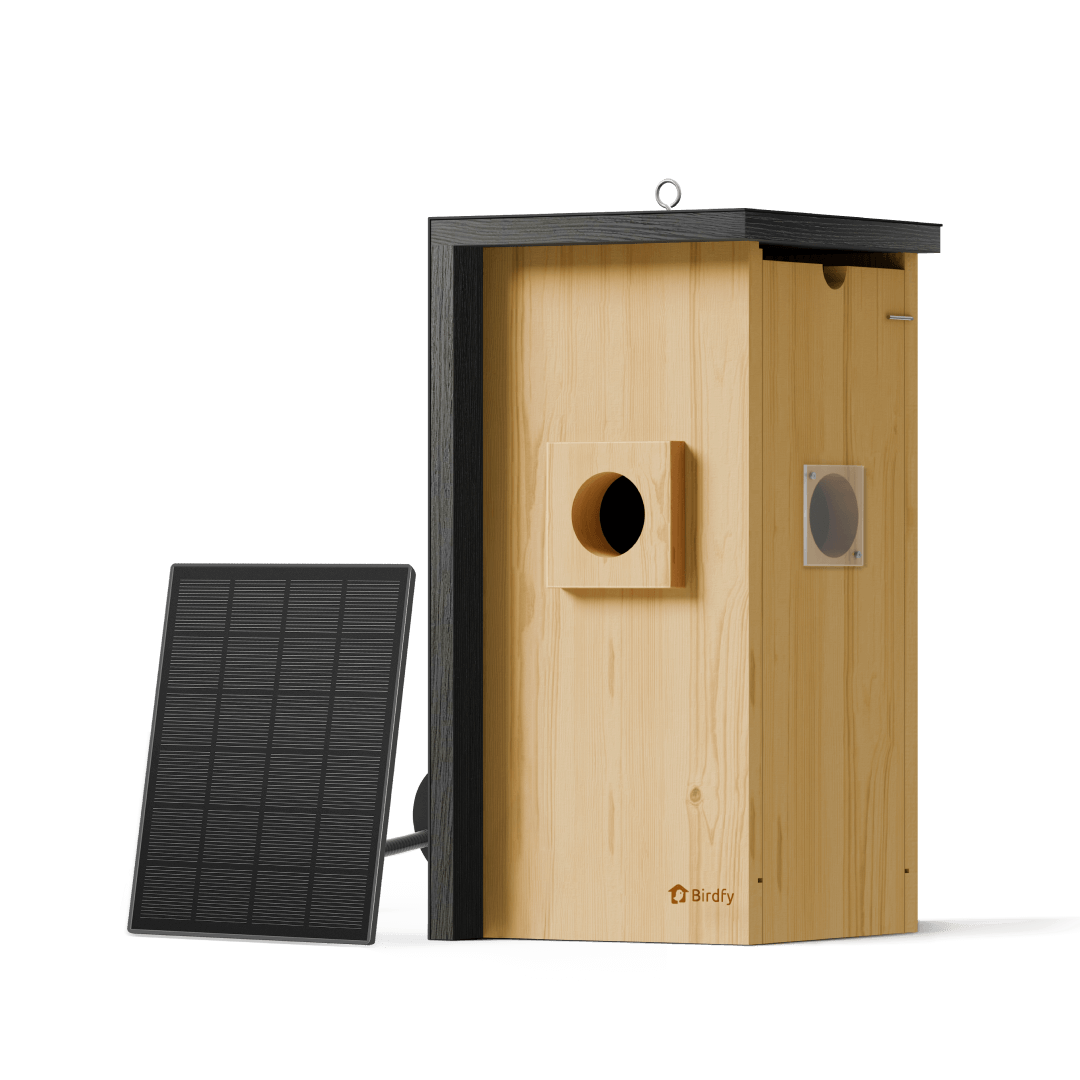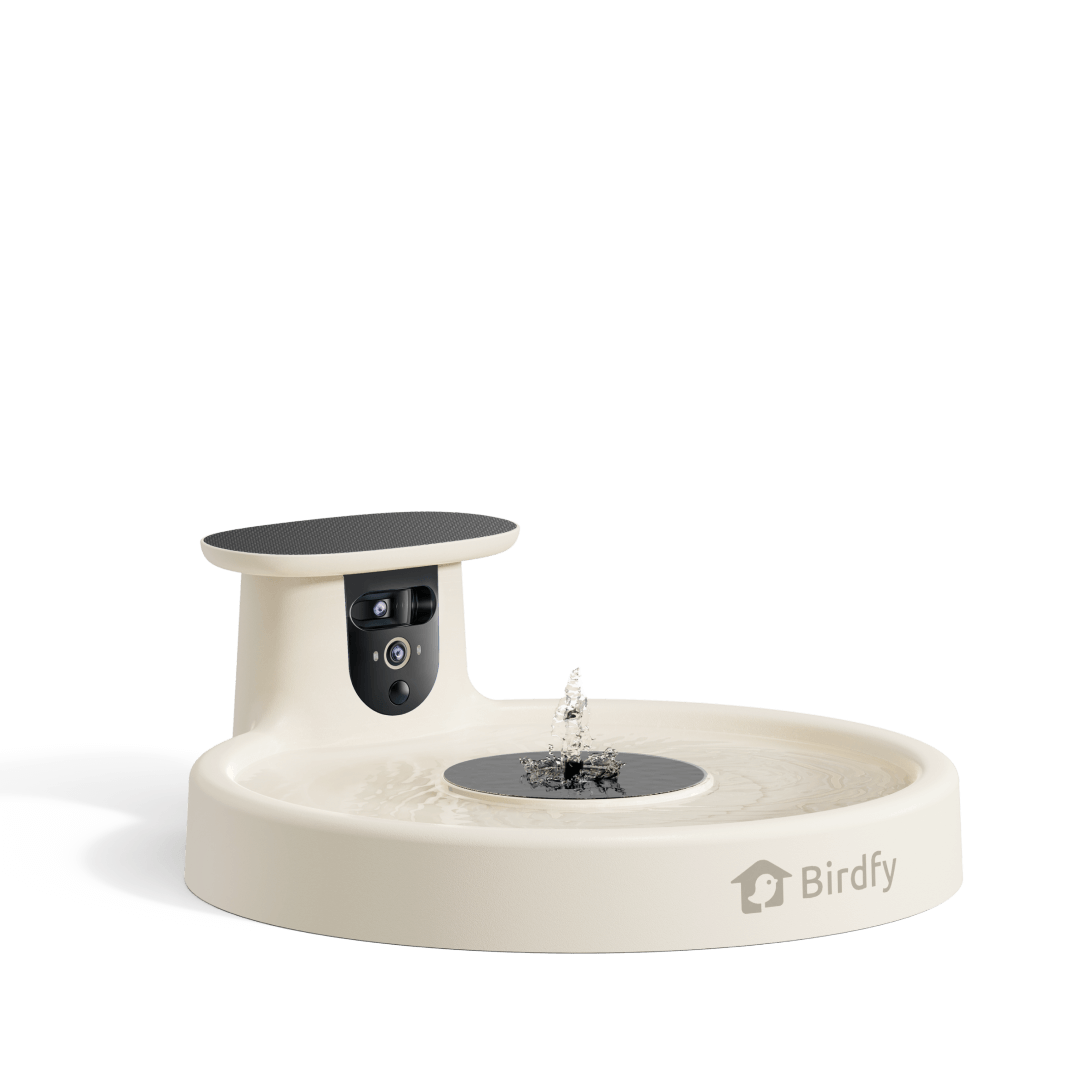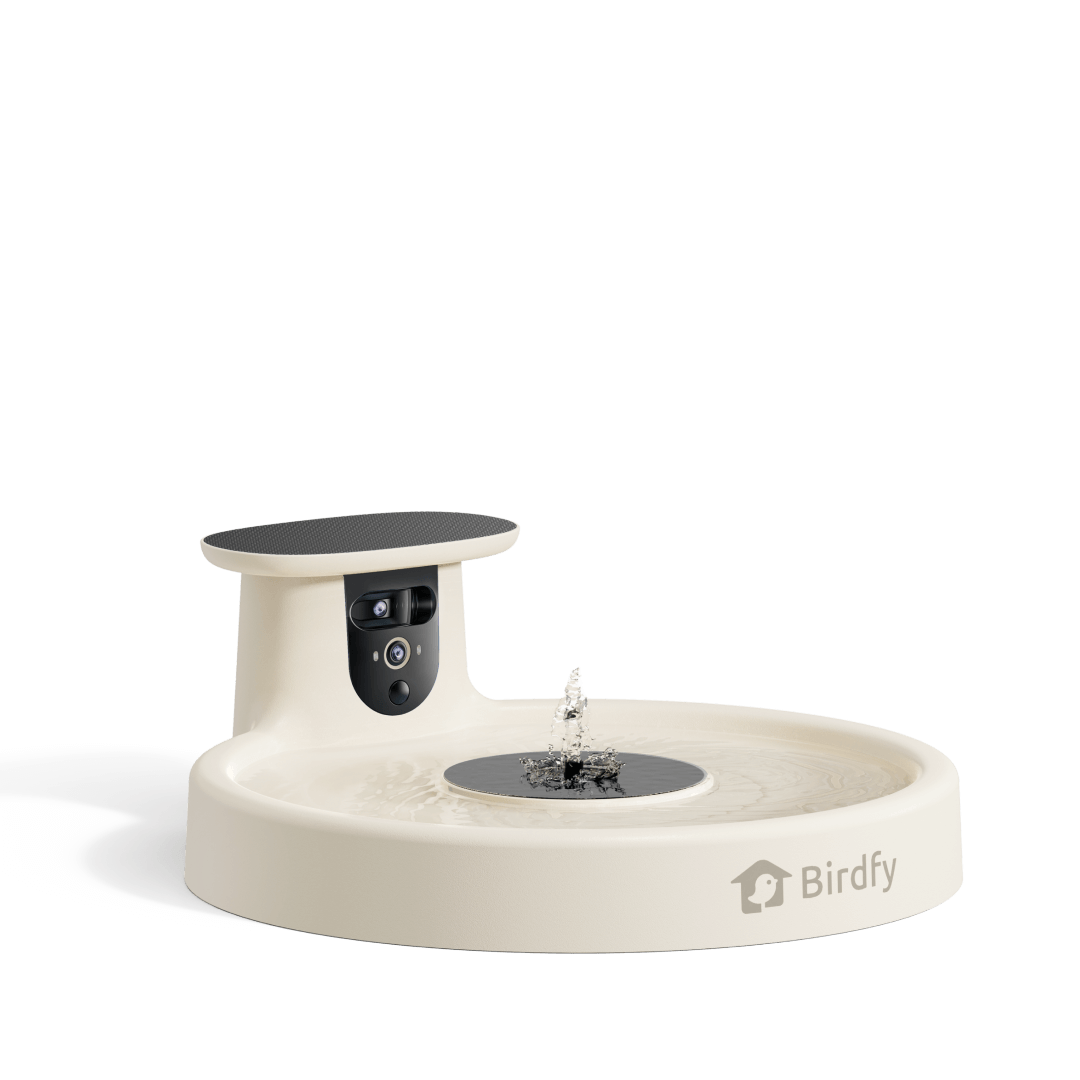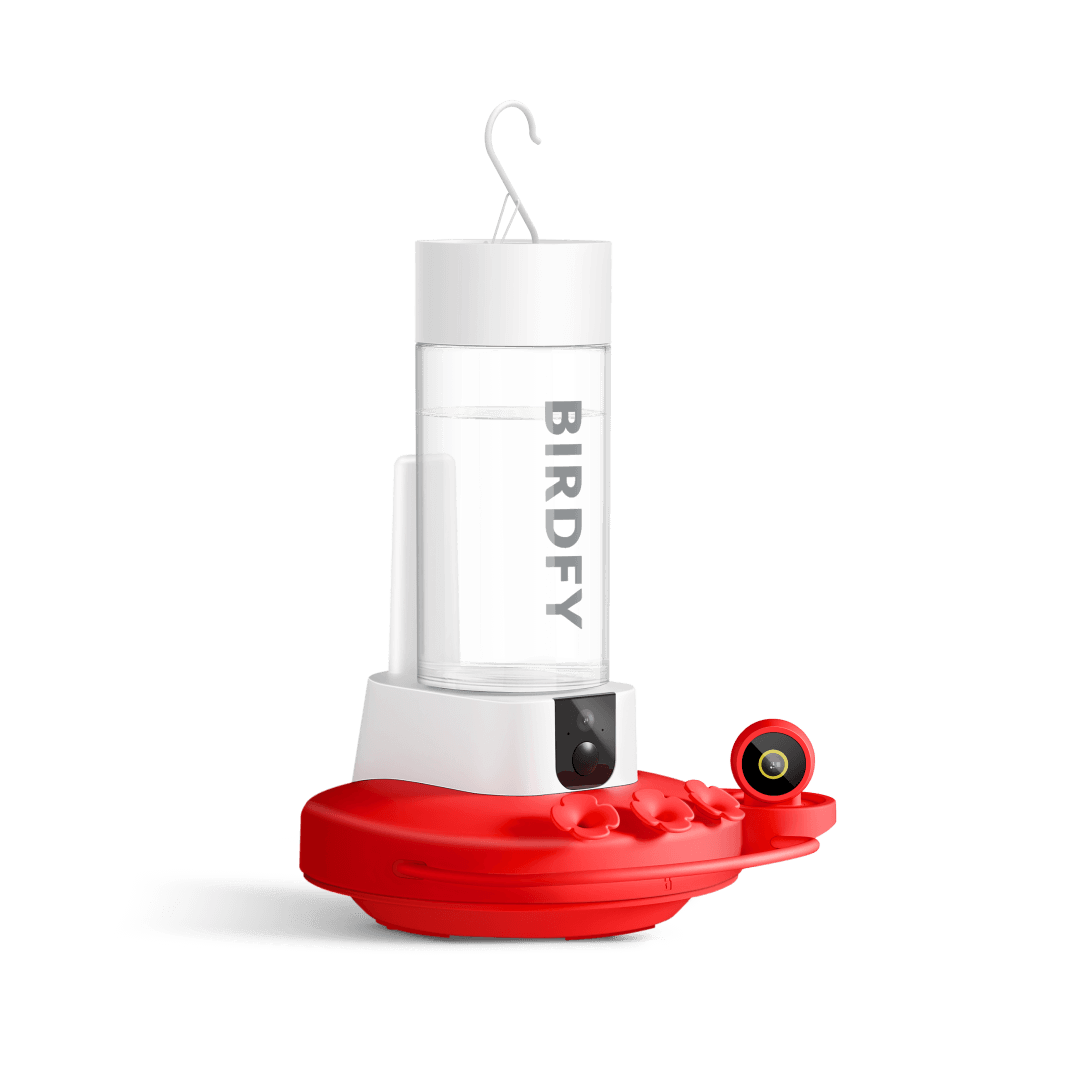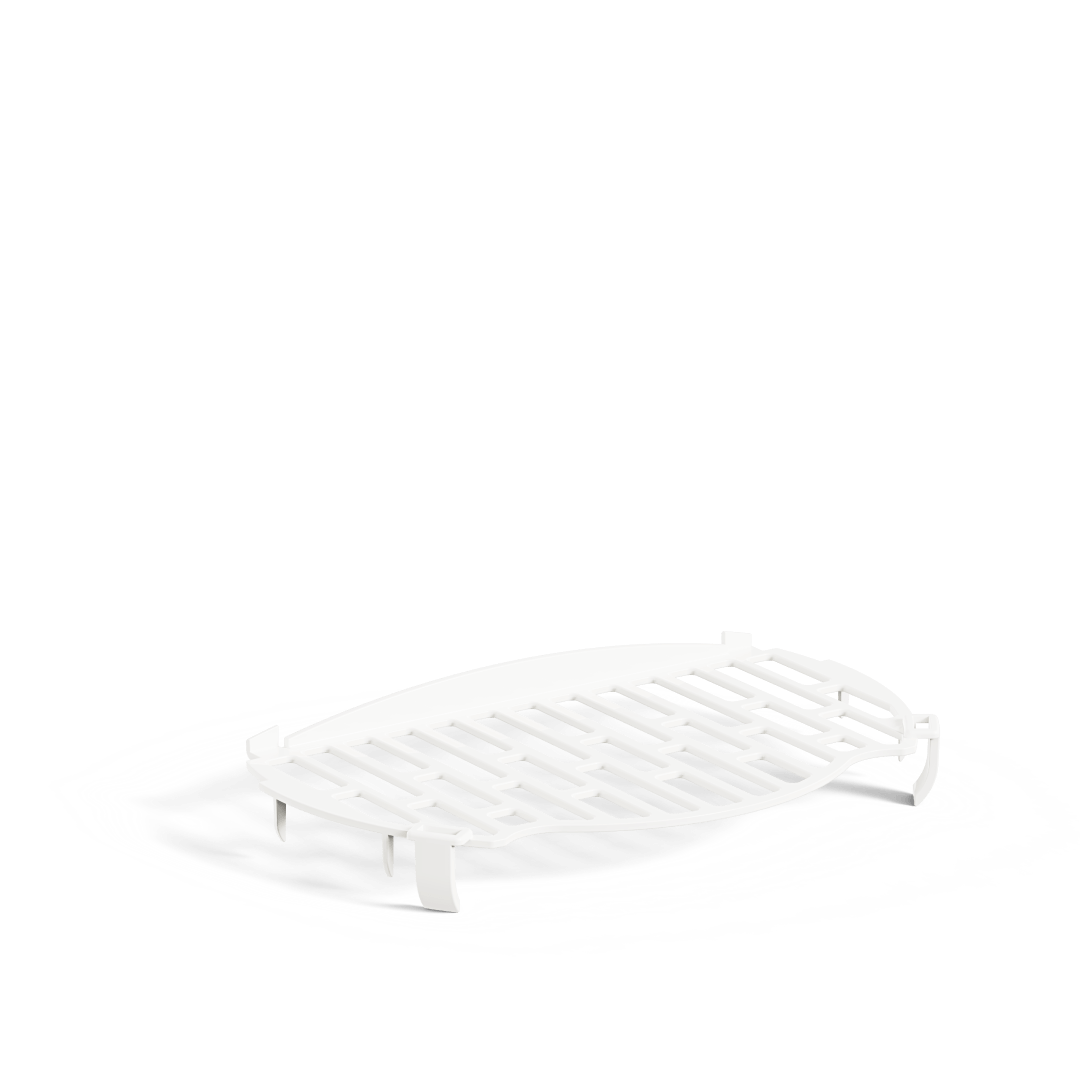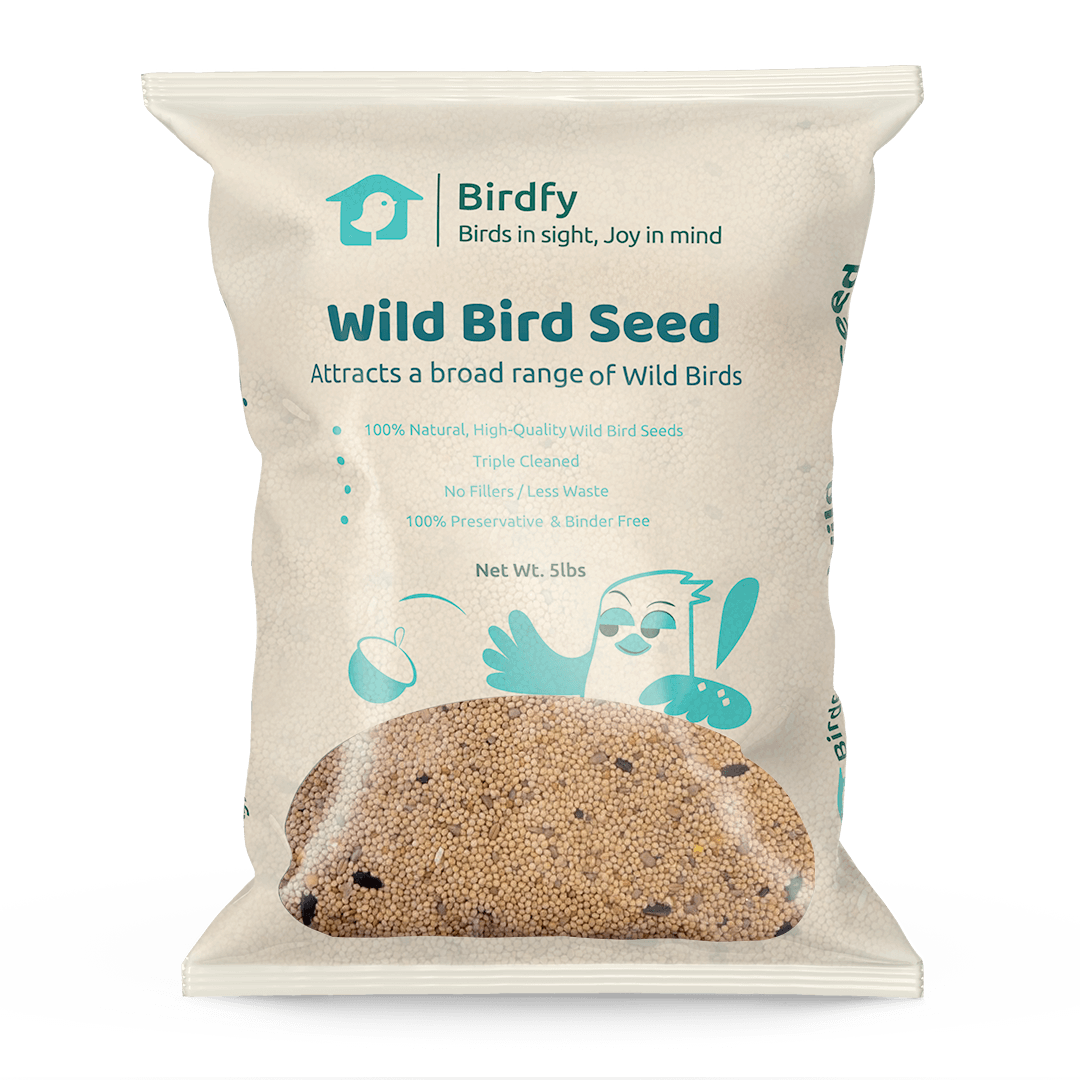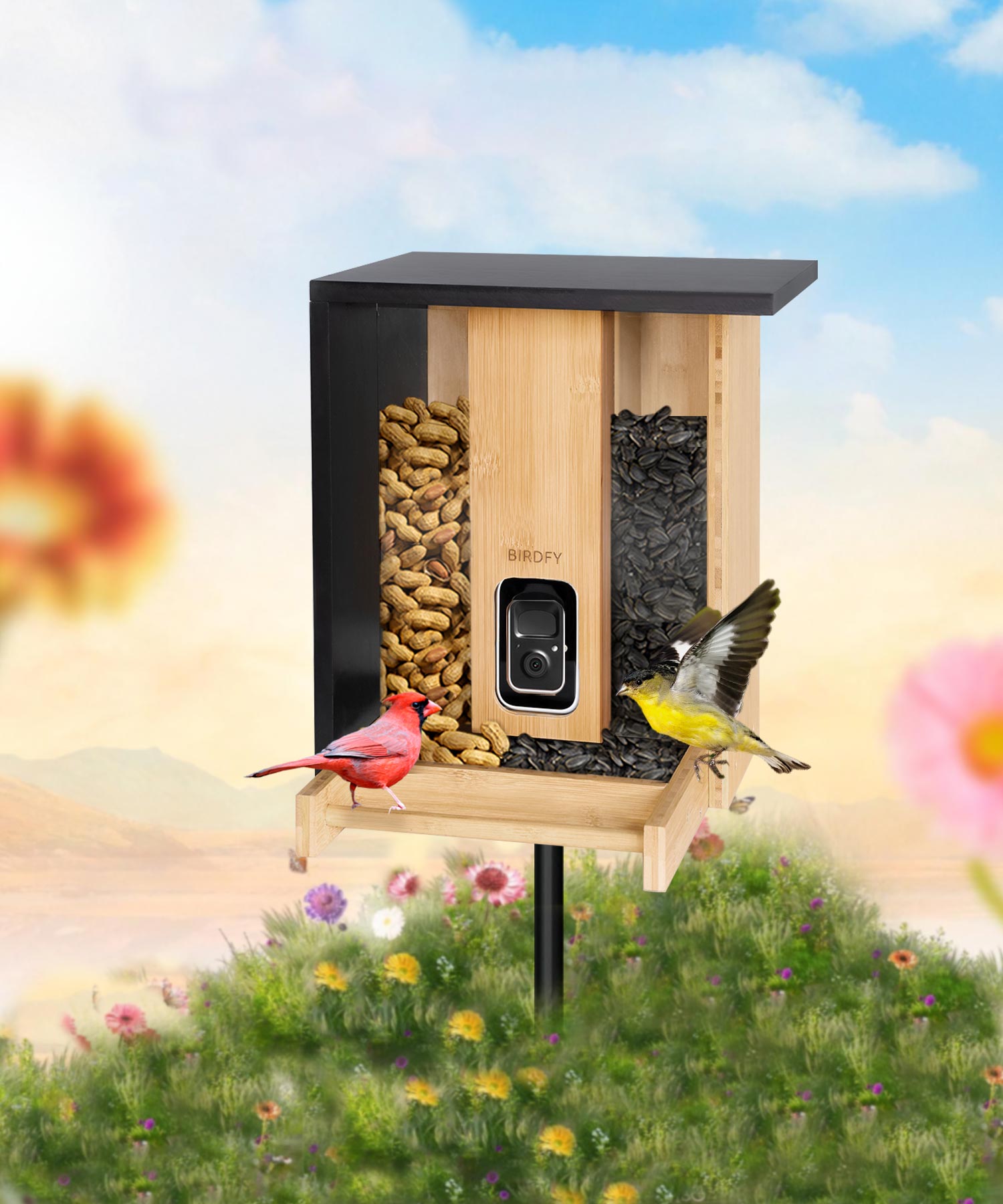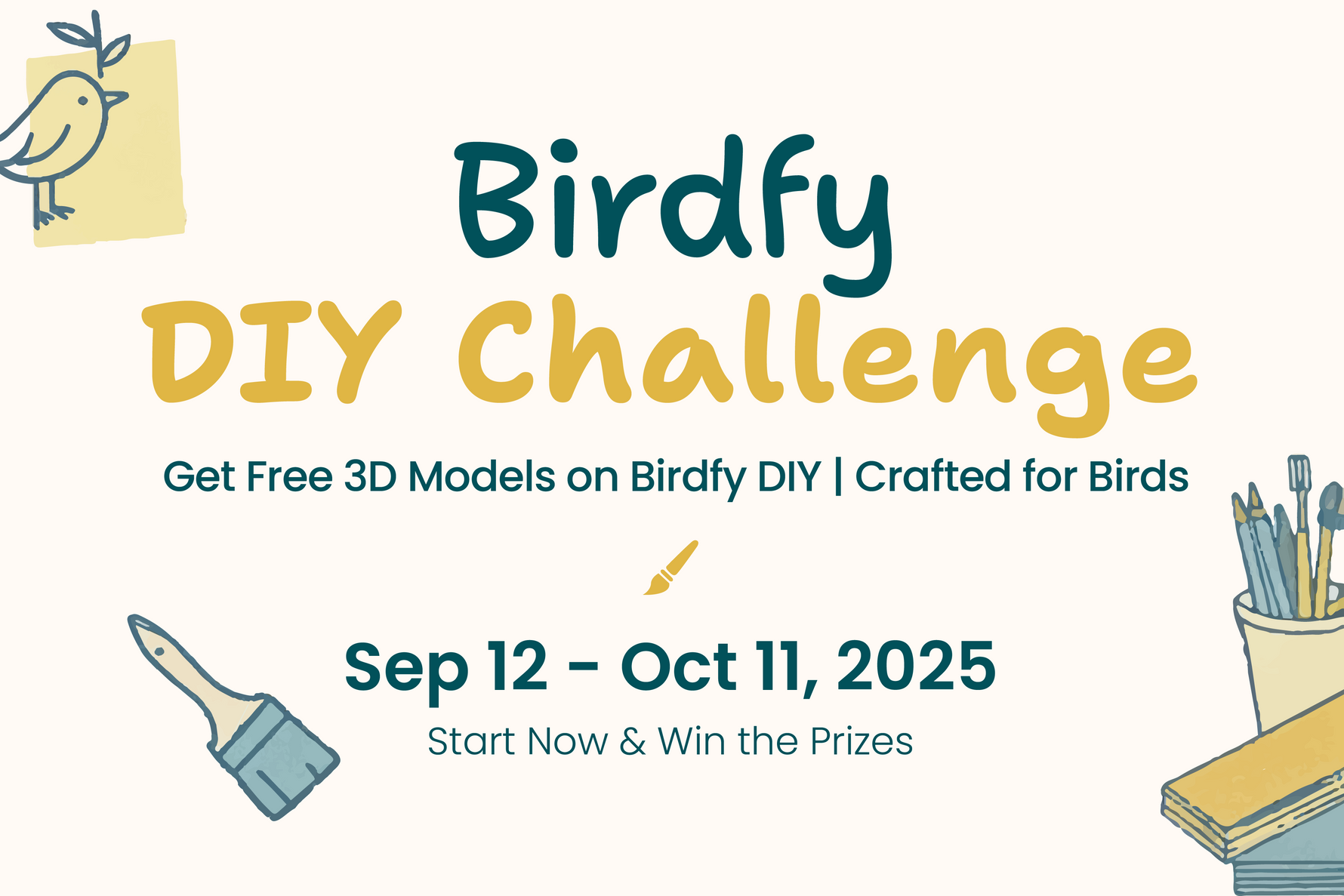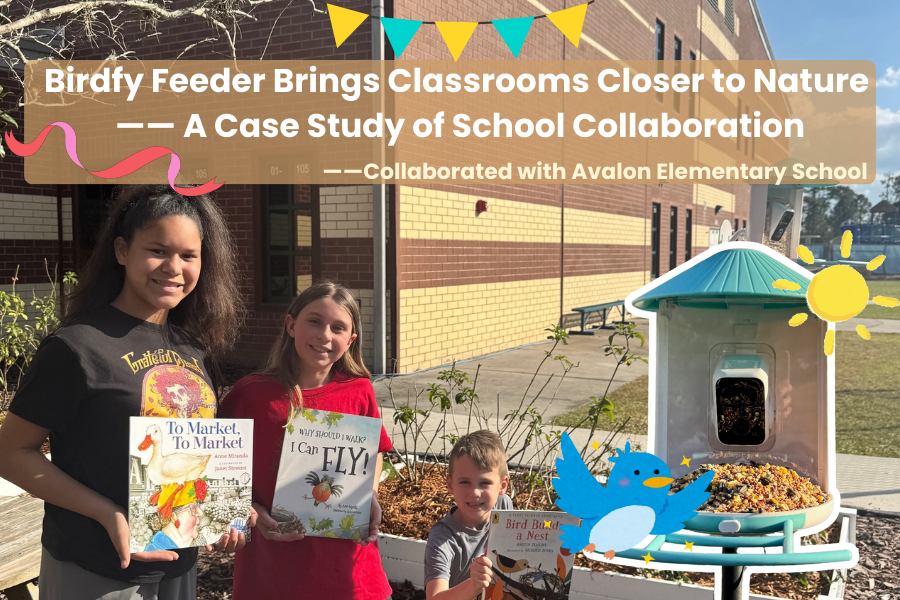Do Birds Eat Insects - Birds And Their Fascinating Insects Diet
Introduction
Many insects are accepted in bird diets, which are crucial to ecosystems. Birds catching insects is simply amazing. Anything from a warbler picking a caterpillar off a branch in front of its hungry chicks to a bee-eater snatching its prey midair is always a spectacle. This article explores facets of avian-insect interrelations as birds as natural insect controllers and their natural insect controllers idea, which underlines their function in pest management.
The focus here is to explore the importance of insects in birds' diets and their role in balancing ecosystems by revealing a web of interactions that support a diverse biotic community. It starts with the modest mosquito and moves on to smaller dragonflies, food for birds, and the tone for uncovering exciting bird-insect interactions for the marvel of nature.
1. Do Birds Eat Butterflies And Caterpillars?
Yes, there are many reports of birds feeding on caterpillars and butterflies, and many species are optimized for this. These insects provide these birds with hefty meals, especially during breeding, when they need protein to feed their chicks.
Bird Species That Specialize In Hunting Caterpillars
A few species, including insect-eating birds like orioles, grosbeaks, and blue jays, who often go after caterpillars and butterflies, are known for targeting these insects. More bird species such as warblers and flycatchers specialize in hunting caterpillars in forest crowns and gardens for such a nutritious food.
Nutritional Value Of Caterpillars
Caterpillars are very nutritious for birds; they contain a lot of proteins and fats. However, the nutritional value of caterpillars for birds and the challenges of catching adult butterflies explain why they become a target. Though fast-flying and sometimes having a jab of bitter taste due to toxins, adult butterflies are small in size and not tender meat, while caterpillars are tender pieces of meat. Birders seek particularly power-packed caterpillars.
2. Do Birds Eat Bees And Wasps?
Unexpectedly, some birds eat stinging insects, such as bees and wasps. These delicate insects present specific risks to the predators that prey on them, so they use particular methods to capture the insects without being stung.
Evolved Stinger-Removing Techniques
Feeding adaptations by many avian species, such as bee-eaters, are noteworthy in their pattern. This is evident in how birds like bee-eaters have evolved techniques to remove stingers from bees before consumption. Such miniature animals were by these birds beaten on the head against a branch to detach their sting and venom gland so that they could not harm the bird when it was devoured.
Wasp-Eating Species And Risks
Other birds, like the summer tanager and the kingbird, too go for wasps. Species that eat wasps and the risks involved in hunting stinging insects illustrate that the species that consume other wasps are not the safest animals. When hunting for and capturing fish, they must avoid getting stung, which makes them hunt in mid-air.
3. Birds That Eat Mosquitoes
Although small and invasive at times, mosquitoes are an essential component of the diet of different kinds of birds. These dietary habits benefit mosquito population control and, in equal measure, the ecosystem and man.
Role Of Birds In Controlling Mosquito Populations
While other birds like barn swallows and phoebes are well-documented to eat mosquitoes, species beyond barn swallows and phoebes, such as purple martins and nighthawks, that feast on mosquitoes also matter. These birds help control mosquito populations and their significance as natural pest controllers cannot be overemphasized, as they contribute to eliminating diseases caused by mosquitoes, such as malaria.
Aerial Hunting Techniques
They are excellent and appropriate at catching mosquitoes in the air with their speed. Their aerial hunting techniques and the role mosquitoes play in their diets are evidence of how they regulate other ecosystems and feed on so many food sources, which are mosquitoes.
4. Birds That Eat Dragonflies
Dragonflies are another favorite, along with several species of birds of prey. Because of this, the birds have no option other than the mobility and accuracy of these insects when flying.
How These Birds Rely On Their Agility
Predatory birds like kestrels, swifts, and kingfishers excel at hunting dragonflies. These birds rely on their agility and keen eyesight to hunt dragonflies, often making dramatic dives to snatch them out of the air.
Dragonflies' Flight Patterns As A Challenge
Despite their skill, dragonflies’ erratic flight patterns make them challenging targets. Yet, how dragonflies' flight patterns make them challenging yet nutritious prey emphasizes their value in providing energy-rich sustenance for birds with high metabolic needs.
5. Birds That Eat Spiders
Spiders are a surprising yet critical component of many birds’ diets. Their abundance and high protein content make them attractive prey.
How Spiders Form A Key Part Of Their Insect Diet
These chrysomelids are important for insect-eating birds like chickadees, wrens, and nuthatches, which often consume spiders. Spiders are essential food sources, particularly during the usual nesting seasons when the population's energy requirements are highest.
Their Role In Providing Essential Nutrients For Birds
Avian foods such as spiders are packed with proteins in the form of amino acids and other nutrients crucial to a bird’s health. This makes them an essential part of the diet, especially for nesting birds.
Birds Using Spider Silk To Build Nests
Intriguingly, some birds, like hummingbirds, use spider silk to build nests while also consuming spiders. Spider silk is very light but simultaneously very robust, giving it the generic property of providing tents’ structural support while still being somewhat flexible.
6. Do Birds Eat Ants?
Indeed, the observation shows that many bird species feed on ants but do this during ground foraging or through such specific behaviors. Not only do birds consume ants, but they also use the ants for unexpected grooming purposes. Birds like woodpeckers, flickers, and thrushes that eat ants, especially during ground foraging, are a few examples.
Process Of "Anting"
Another exciting behavior pertains to ants the process of "anting," where birds use ants to clean their feathers of parasites. The following birds include crows, starlings, and jays that feed themselves on ants or allow the ants to walk over their plumage. Birds can eat ants to get an oral pesticide in formic acid, making it easy for birds to control their mites and parasites. It might be hard to believe, but ants serve two purposes in this story – food and feather grooming, and such a purpose is proof of the incredible resourcefulness of nature.
The Nutritional Benefits Of Ants
Ants are incredibly nutritional; they have a lot of protein and minerals, such as zinc and magnesium. These tiny insects are most important for the little ones and the adults with their breeding seasons because they can provide a stable energy source.
How They Are Targeted By Various Species
The birds feed on ants in different patterns, as discussed below. While there is the ground-foraging flicker, an ant-eating bird that scours the ground for an ant nest, woodpeckers tap into tree logs to find carpenter ants. Thrushes can point for ants on the ground while they are camouflaged by the leaf litter, making them not only within easy reach but also plentiful.
7. Birds That Eat Termites
Given their high protein content, termites are the most important food for many birds. There are relatively many in the tropic and subtopic regions. Birds such as woodpeckers, swallows, and hoopoes that feast on termites greatly influence their control.
How Termite-Eating Birds Help Control Termite Populations
Termite-eating birds help control termite populations, particularly in tropical and subtropical regions, especially in tropical and subtropical climate conditions, where phrases can harm tree stumps and constructions used by people. Only birds benefit from termites while eradicating them. Thus, they play an essential role in controlling the population.
Termite-Hunting Techniques
Thus, birds employ quite a variety of techniques to seize termites. Termite-hunting techniques, such as breaking into termite mounds or catching termites during their swarming phase. They generally employ slope-billed beaks that are curved and depressed to form scoops. For instance, hoopoes swoop down to capture termites on sorties that sally out in mass during periods of dusk in the African savannah.
8. Birds That Eat Grasshoppers And Crickets
Grasshoppers and crickets are large and common insects randomly taken by many birds owing to their proportions and nutritional values. Species like bluebirds, kestrels, and shrikes that regularly hunt grasshoppers and crickets are essential in managing these insects.
The Seasonal Abundance Of These Insects And Their Importance In Bird Diets
Locusts and grasshoppers are especially numerous in late summer and the beginning of autumn, while crickets also provide a good supply during the year's colder months. Their high protein levels are beneficial during migration season, as they will be needed by parents with growing chicks.
Hunting techniques
Birds use varying kinds of strategies to catch these elusive insects. Hunting techniques, such as perching to scan the ground or aerial hunting, prove that the birds are very versatile.” Bluebirds perch on vantage points and dive to pick prey, while kestrels fly in the air for their next meal.
9. Birds That Eat Moths And Moth Larvae
Since moths and larvae are always present in birds’ diets, they act as staple foods. Moths are a significant part of the diet of birds like warblers, nighthawks, and nightjars.

The Differences In Birds Hunting Adult Moths Versus Moth Larvae
There is so much difference between hunting for the adult moth and for the larvae. The differences in birds hunting adult moths versus moth larvae and their impact on moth populations show that birds hunting moth larvae are more accessible, and the larvae are more nutritious than the adult moths. Warblers are sometimes found to feed on larvae, which hide on the leaves, while nightjars and nighthawks feed on adult moths while in flight.
How Nocturnal Birds Like Owls And Nightjars Hunt Moths At Night
Night herons, owls, and nightjars depend on their extra sensitive vision and hearing to catch moths at night or in the dark. These animals are enemies of these insects because of their flying silence and keen sense, which increases their chances of capturing even the slightest movements.
10. Birds That Eat Beetles
Beetles, which inhabit virtually any ecosystem, are insects that many species of birds rely on. Birds such as starlings, woodpeckers, and blackbirds that feed on beetles are a testament to bird diet diversity.

How These Birds Search For Beetles In Tree Bark, Soil, Or Foliage
Beetles prefer to sit under logs, in the ground, or within foliage covers. Entrance of Woodpeckers: Some birds that tap on a tree peel off the bark layers to display the hidden beetles. Blackbirds use their bills to probe the ground for insects, looking for food in leaf mold or soil. Starlings are also ground-feeding birds and might be seen feeding in a grassy field.
Types Of Beetles Eaten By Birds
Palaearctic birds have been identified as feeding on a very diverse range of beetles. The various types of beetles eaten by different bird species, from ladybugs to ground beetles, etch to show the birds' flexibility in the kind of food available. Thus, woodpeckers prefer to feed on wood-boring beetles, while European starlings prefer to catch agricultural pests, including the Japanese beetle.
Conclusion
Like all other animals, birds, including ants and beetles, have their tastes concerning what they eat. These dietary preferences reveal them as important under ecological aspects as pest controllers or being part of the biodiversity. Habitat use of cavity-nesting birds or “anting” or hunting ability of birds like dragonflies proves that birds can be very opportunistic and play a part in an ecosystem. From consuming caterpillars to feeding chicks termites, controlling their population, and beetles to guard our produce, birds, and insects are attractive partners we cannot cease to admire.
Share





